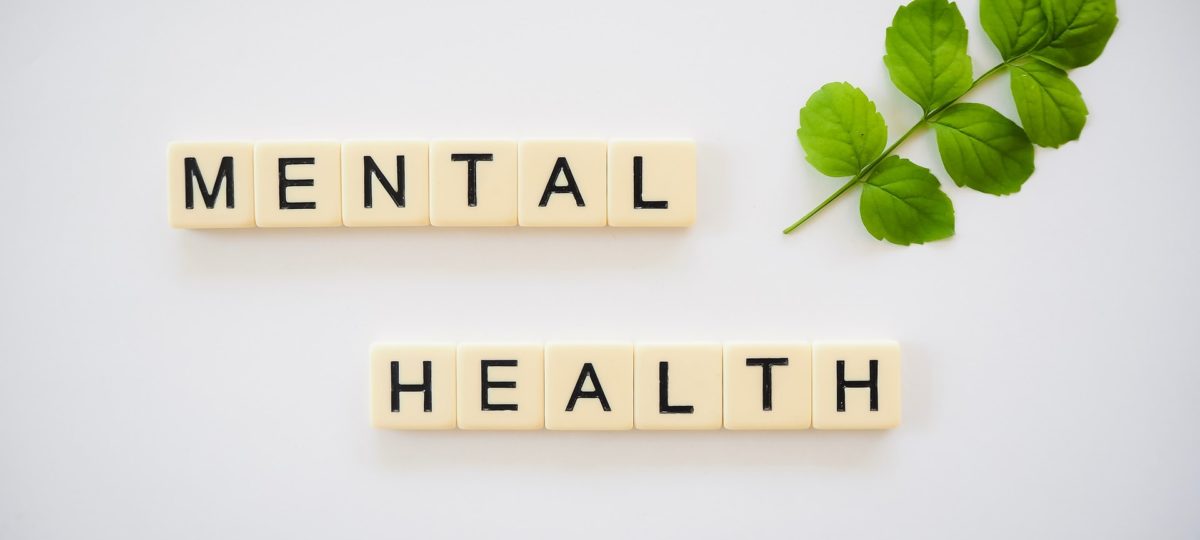Mental Health Awareness – Treating Anxiety and the pain of Depression
When you think about depression, you probably focus on your emotional symptoms. You feel tired, sad, and no longer interested in activities that you used to enjoy. These are common symptoms of depression. You may also feel anxious or have physicial pain. Symptoms of anxiety include restlessness, irritability, confusion, or indecision. Physical pain may include muscle aches, headaches, body cramps, or stomach pain.
You may think of depression and anxiety as separate mental health issues. However, symptoms often overlap, especially if you have major depression. With both depression and anxiety, you might get nervous, easily irritated, or have trouble concentrating or sleeping.
People with more severe depression also seem to have greater pain. Researchers don’t know why. However, they have found that people with depression have higher levels of certain cytokines (proteins). These can trigger pain.

Whatever the cause, the connection between depression and pain is serious.Chronic pain can make other depression symptoms worse. Chronic pain is also a risk factor for suicide. That makes it all the more important for you to get treatment for depression, and stick with it.
Having anxiety and pain, along with depression, sounds complex. The good news is that treating your depression can also ease your anxiety and pain. There are several very effective strategies that can provide enduring relief.
Treatment usually involves a combination of medicine and talk therapy. Your health care provider might prescribe an antidepressant. Be sure to carefully follow the prescribing instructions. Do not adjust or discontinue the dosage without consulting the prescribing doctor.
Your health care provider might also suggest that you get cognitive behavior therapy (CBT). This is a form of talk therapy that’s often very helpful for treating depression. You can also do some things on your own. They include lifestyle changes, like exercising more and eating better. Both steps will help you manage your weight, too.
Key Takeaways – Depression often brings symptoms of both anxiety and pain
Researchers are not sure why depression causes physical pain. It might be related to higher levels of certain cytokines present in people with depression.
People with more severe depression often experience greater pain. This can be a risk for suicide.
Treating depression may ease your anxiety and your pain. Exercise and a better diet can help, too.


